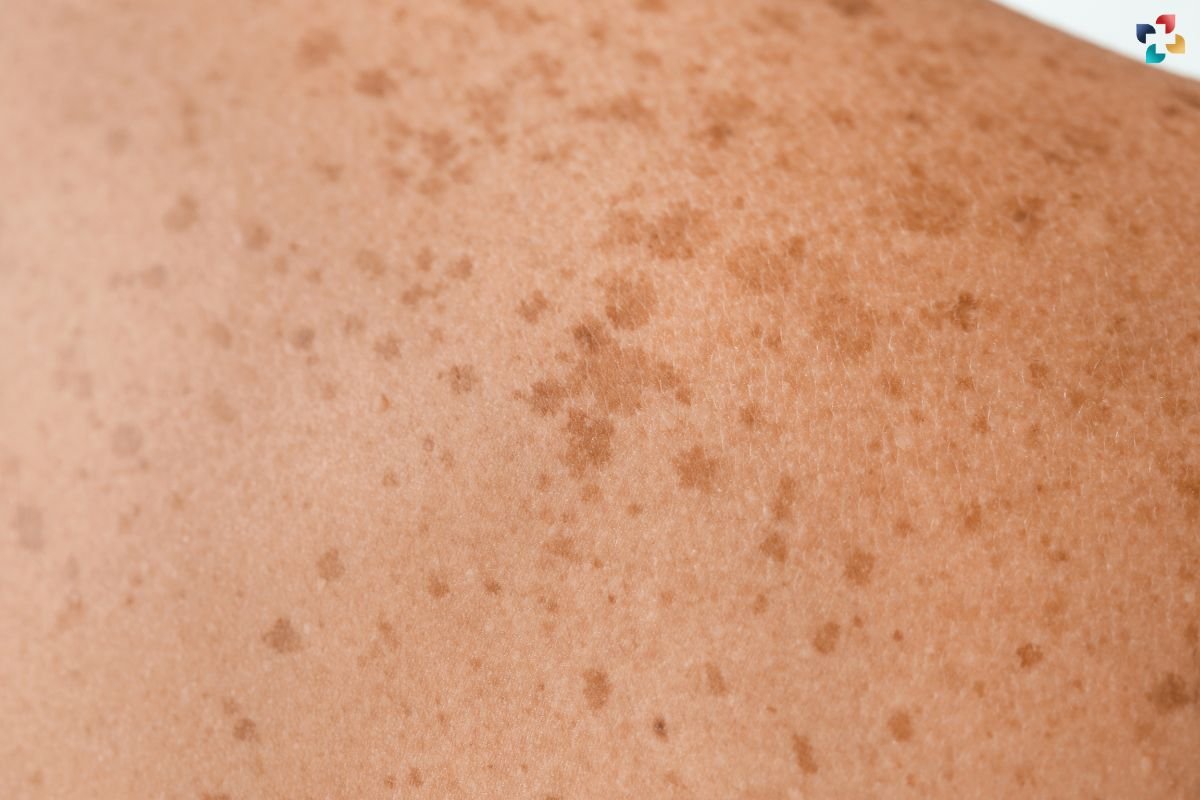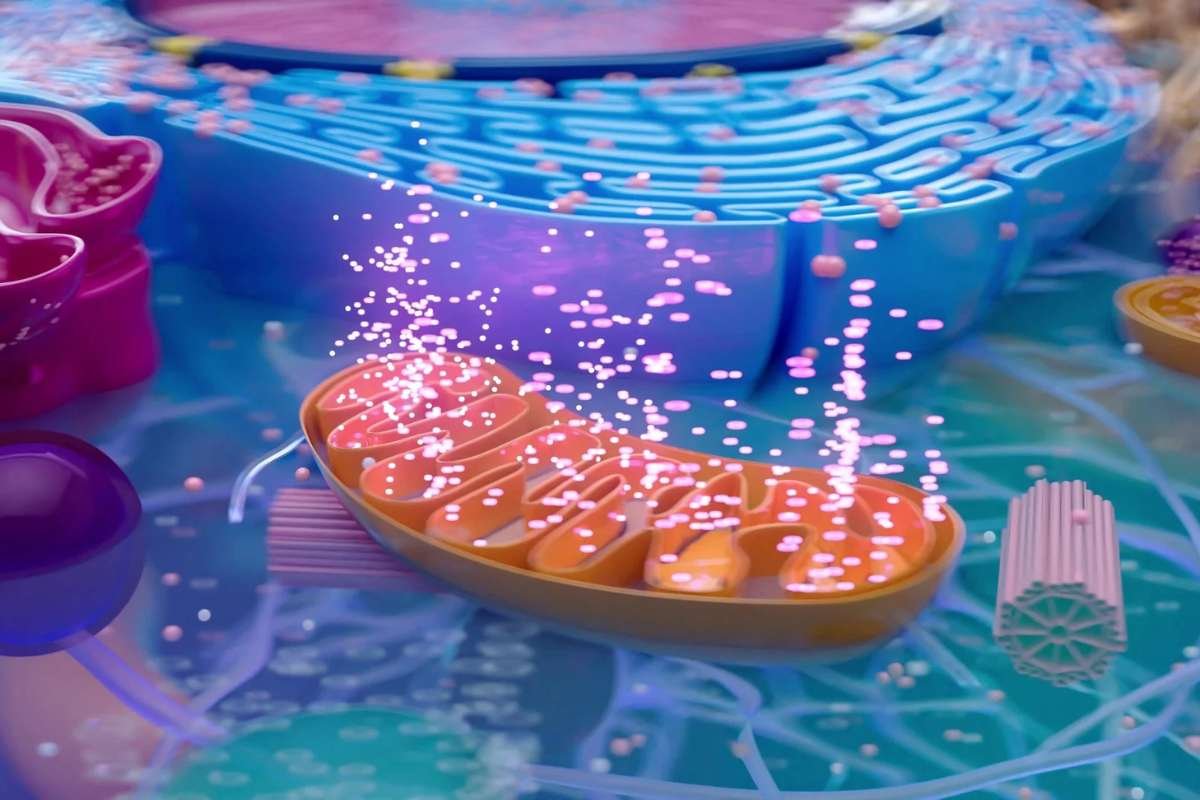Nonmelanoma skin cancer (NMSC) is the most common form of skin cancer, affecting millions of people worldwide each year. Unlike melanoma, which is known for its aggressive nature and high mortality rate, nonmelanoma skin cancer is typically less dangerous but still requires proper treatment and management to prevent serious complications. This article delves into the types, causes, symptoms, diagnosis, treatment options, and prevention strategies for NMSC.
Types of Nonmelanoma Skin Cancer
Nonmelanoma skin cancer primarily includes two main types: basal cell carcinoma (BCC) and squamous cell carcinoma (SCC).
1. Basal Cell Carcinoma (BCC)
Basal cell carcinoma is the most common type of NMSC. It arises from the basal cells, which are found in the deepest layer of the epidermis. BCC is characterized by its slow growth and minimal tendency to metastasize. However, if left untreated, it can cause significant local damage and disfigurement.
2. Squamous Cell Carcinoma (SCC)
Squamous cell carcinoma is the second most common form of nonmelanoma skin cancer. It originates from the squamous cells, which are located in the outer layer of the skin. SCC is more aggressive than BCC and has a higher risk of spreading to other parts of the body if not treated promptly.
Causes and Risk Factors
The primary cause of NMSC is prolonged exposure to ultraviolet (UV) radiation from the sun or tanning beds. UV radiation damages the DNA in skin cells, leading to mutations that can result in cancer. Several risk factors can increase the likelihood of developing NMSC, including:
- Fair Skin: Individuals with fair skin, light hair, and light eyes are more susceptible to UV damage.
- Age: The risk of nonmelanoma skin cancer increases with age due to cumulative sun exposure.
- Family History: A family history of skin cancer can elevate the risk.
- Immunosuppression: People with weakened immune systems, such as organ transplant recipients, are at higher risk.
- Exposure to Certain Chemicals: Contact with certain chemicals, like arsenic, can increase the risk of developing NMSC.
Symptoms of Nonmelanoma Skin Cancer
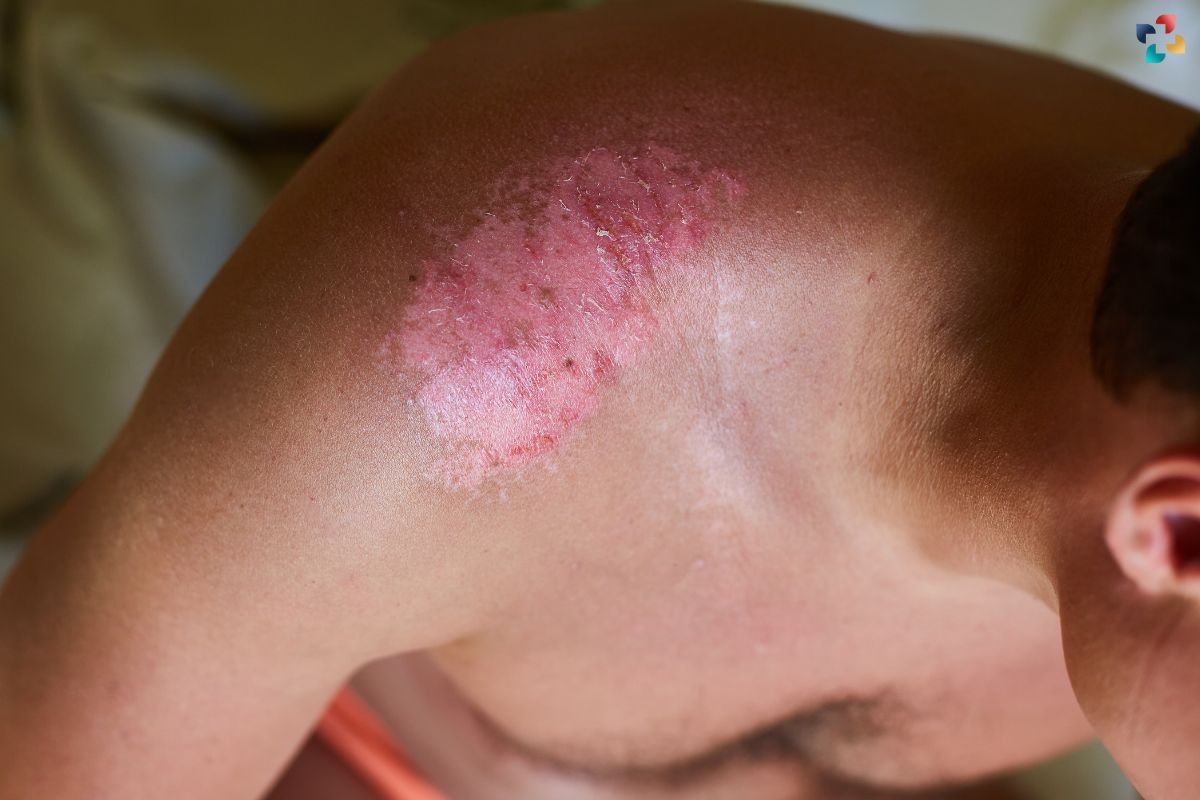
Recognizing the symptoms of NMSC is crucial for early diagnosis and treatment. Common signs include:
1. Basal Cell Carcinoma:
- A pearly or waxy bump on the face, ears, or neck.
- A flat, flesh-colored, or brown scar-like lesion.
- A bleeding or scabbing sore that heals and then reopens.
2. Squamous Cell Carcinoma:
- A firm, red nodule on the face, ears, neck, hands, or arms.
- A flat lesion with a scaly, crusted surface.
- A new sore or raised area on an old scar or ulcer.
Diagnosis of Nonmelanoma Skin Cancer
Diagnosing NMSC typically involves a combination of physical examination and biopsy. A dermatologist will examine the suspicious lesion and may perform a skin biopsy to confirm the diagnosis. The biopsy involves removing a small sample of tissue from the affected area and examining it under a microscope for cancerous cells.
Treatment Options for Nonmelanoma Skin Cancer
The treatment of NMSC depends on the type, size, location, and stage of the cancer, as well as the patient’s overall health. Common treatment options include:
Surgical Procedures
- Excisional Surgery: The tumor and some surrounding healthy tissue are removed.
- Mohs Surgery: Layers of skin are removed and examined until no cancerous cells remain. This technique is particularly useful for tumors in sensitive areas, such as the face.
- Curettage and Electrodessication: The tumor is scraped away, and the area is treated with an electric needle to destroy any remaining cancerous cells.
Non-Surgical Treatments
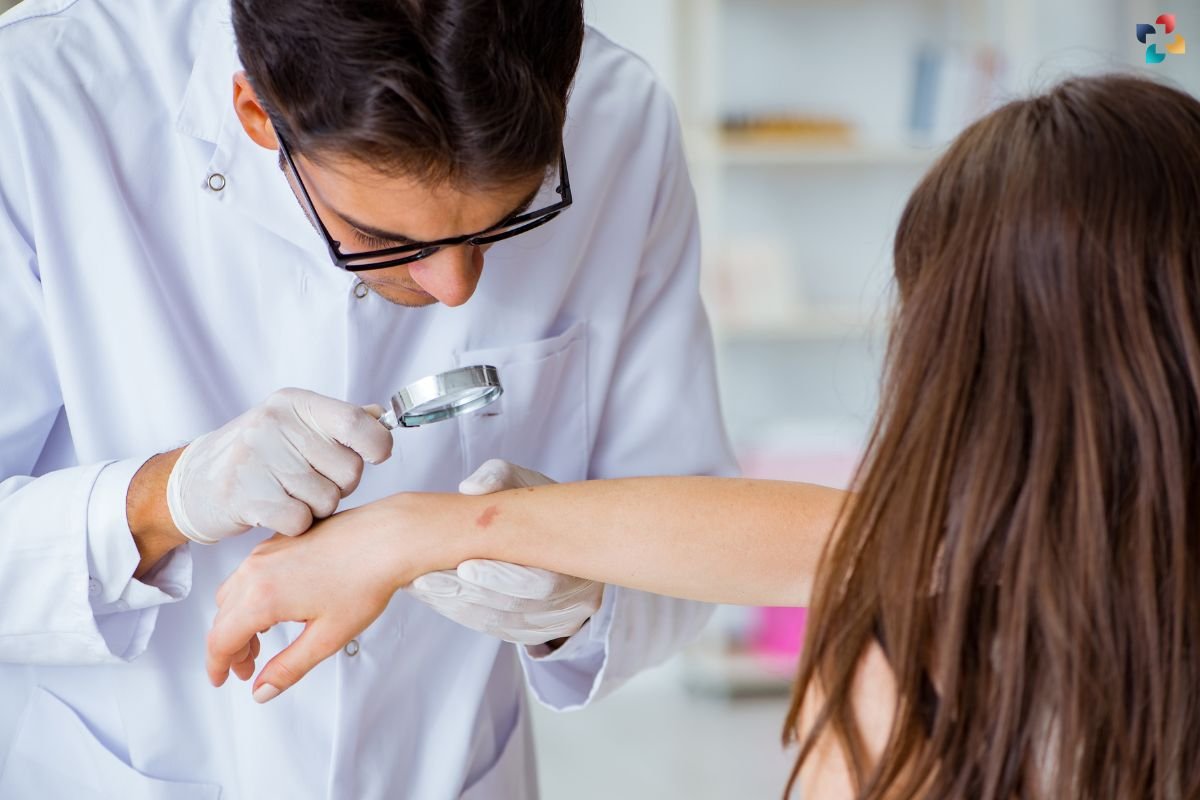
- Radiation Therapy: High-energy rays are used to target and destroy cancer cells.
- Topical Treatments: Medications applied to the skin, such as imiquimod or 5-fluorouracil (5-FU), can treat superficial basal cell carcinoma.
- Cryotherapy: Liquid nitrogen is used to freeze and destroy cancerous tissue.
- Photodynamic Therapy (PDT): A photosensitizing agent is applied to the skin, and light is used to activate the drug, killing cancer cells.
Prevention of Nonmelanoma Skin Cancer
Preventing NMSC involves minimizing UV exposure and taking protective measures. Key strategies include:
- Avoiding Peak Sun Hours: Stay out of the sun during peak hours (10 a.m. to 4 p.m.) when UV radiation is strongest.
- Using Sunscreen: Apply broad-spectrum sunscreen with an SPF of at least 30, even on cloudy days, and reapply every two hours or after swimming or sweating.
- Wearing Protective Clothing: Wear long-sleeved shirts, pants, wide-brimmed hats, and sunglasses to protect your skin from UV rays.
- Seeking Shade: Stay in the shade whenever possible, especially during midday.
- Avoiding Tanning Beds: Tanning beds emit UV radiation that can increase the risk of skin cancer.
- Regular Skin Examinations: Perform regular self-examinations and see a dermatologist for annual skin checks to detect any suspicious changes early.
Living with Nonmelanoma Skin Cancer
Living with NMSC involves ongoing management and vigilance to prevent recurrence and monitor for new lesions. Patients should follow their dermatologist’s recommendations for follow-up care, which may include regular skin exams and imaging tests. Additionally, adopting a healthy lifestyle, including a balanced diet, regular exercise, and avoiding smoking, can support overall skin health and recovery.
The Role of Research in Nonmelanoma Skin Cancer
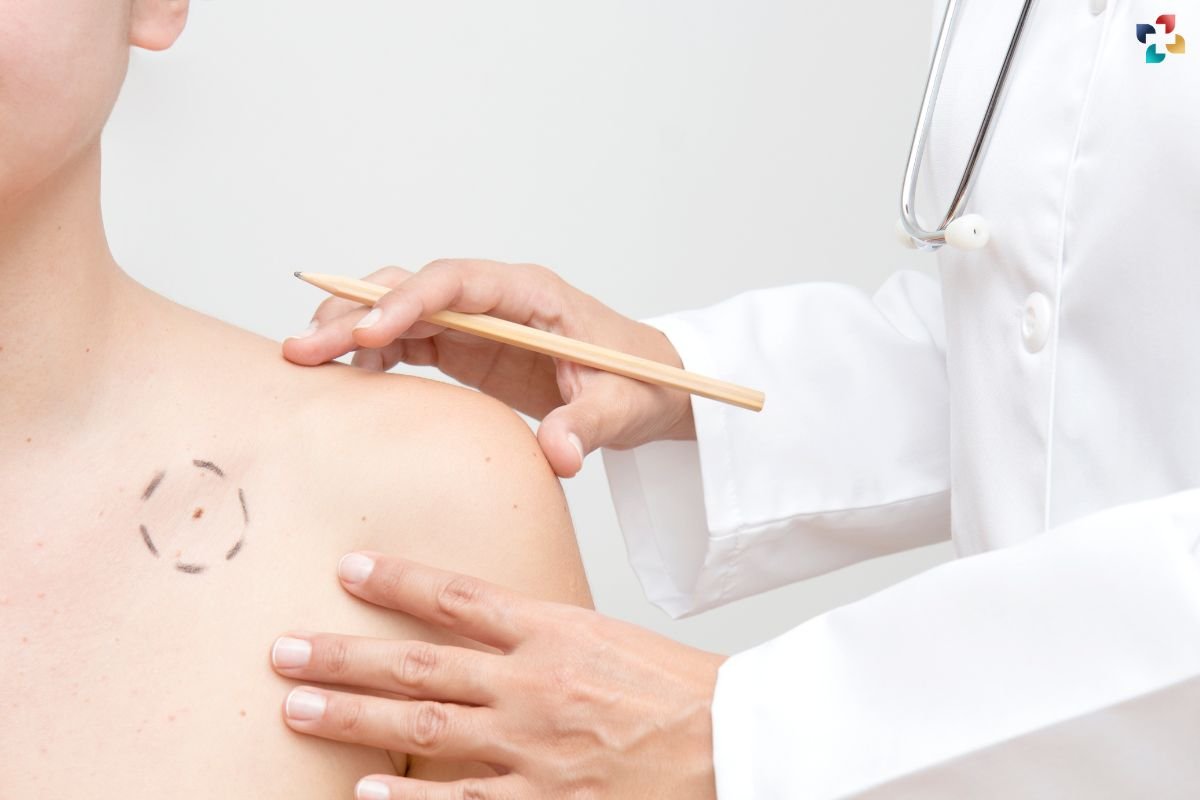
Ongoing research is vital in improving the understanding, prevention, and treatment of nonmelanoma skin cancer. Scientists are exploring new therapies, such as targeted drugs and immunotherapies, which aim to enhance the body’s immune response to cancer cells. Clinical trials are also investigating the effectiveness of combining different treatment modalities to achieve better outcomes.
Conclusion
Nonmelanoma skin cancer, though generally less aggressive than melanoma, still poses significant health risks if not properly managed. Understanding the types, causes, symptoms, and treatment options is essential for early detection and effective management. By adopting preventive measures and staying informed about the latest research developments, individuals can reduce their risk of developing NMSC and improve their chances of successful treatment.
Early detection and proactive management are key in the fight against NMSC. By prioritizing skin health and regularly consulting with healthcare professionals, individuals can navigate the challenges of nonmelanoma skin cancer with greater confidence and resilience.

Immunotherapy for Melanoma: A Breakthrough in Cancer Treatment
Melanoma, the deadliest form of skin cancer, has been a significant challenge for oncologists and patients alike. Traditional treatments, such as surgery, radiation, and chemotherapy, have been the mainstay of melanoma management.

